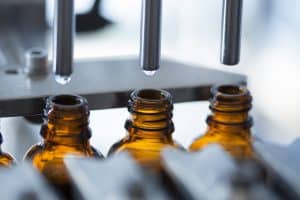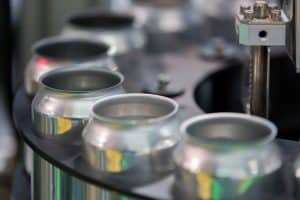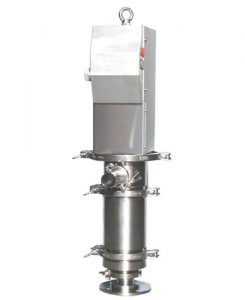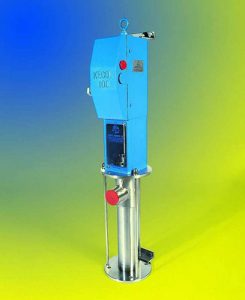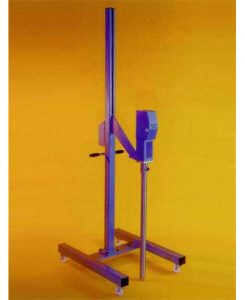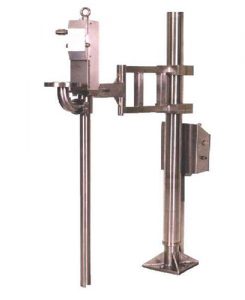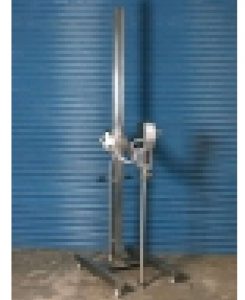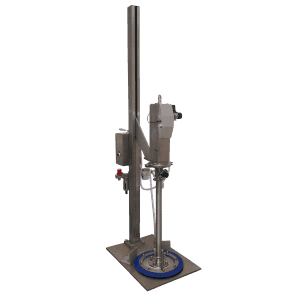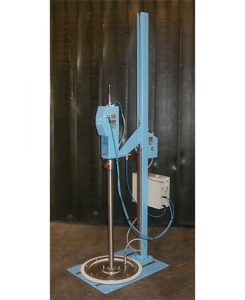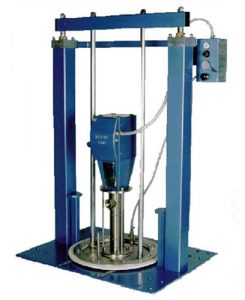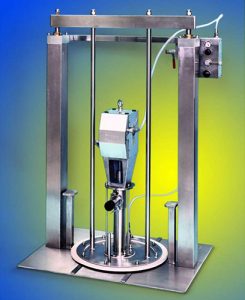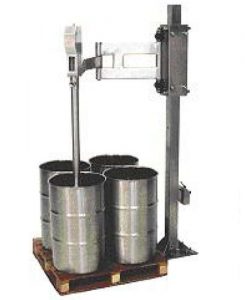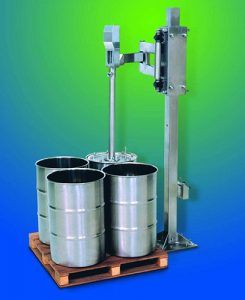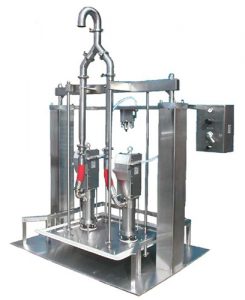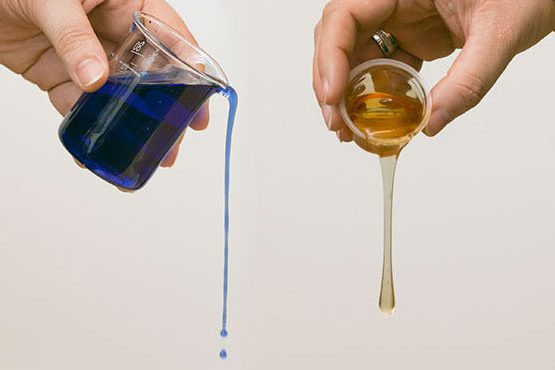One of the most important aspect to understand before any pump selection is the viscosity of the fluid which is going to be pumped.
Fluid viscosity or thickness will affect how it will behave in a pump. However, this is where things start becoming complicated because the viscosity of fluids/liquids can change under different conditions.
Generally, fluids are classified into four main groups:
- Newtonian
- Pseudoplastic
- Dilatant
- Thixotropic
NEWTONIAN
Viscosity remains constant regardless of changes in shear rate or agitation. As pump speed increases, flow increases proportionately. It does not matter how fast they move or how much you agitate them, they flow the same.
Typical Newtonian fluids:
- water
- mineral oils
- alcohol
- hydrocarbons
PSEUDOPLASTIC
Viscosity decreases as shear rate increases, but initial viscosity may be great enough to prevent flow from starting in a typical pumping system. Taking tomato paste as an example, you will have to shake the bottle before the tomato paste starts to move, but once it is moving, it flows fairly easy.
Typical pseudoplastic fluids:
- tomato paste
- latex paints
- lotions
DILATANT
Viscosity of fluid increases with agitation until they become almost solid. As a result, pumps can bog down and stall after initially pumping dilatant liquids.
Typical dilatant fluids:
- slurries
- clay
- cream
- butter
THIXOTROPIC
Like pseudoplastic fluids, viscosity decreases as shear rate or agitation increases. When agitation is stopped or reduced, hysteresis occurs and viscosity will increase. Often the viscosity will not return to its initial value.
Typical thixotropic liquids:
- soaps
- tars
- shortening
- glue
- inks
- peanut butter
WHAT IS MOST IMPORTANT ABOUT VISCOSITY DURING PUMP SELECTION?
Kinematic viscosity is a real physical factor that influences pump curves, and thus the choice of pump.
Kinematic viscosity is denoted in centistokes (cSt) and is measured in mm2/s.
Based on the table above, water has a low viscosity of 1 cSt at 20°C, while motor oil has a high viscosity of more than 500 cSt at the same temperature.
Viscosity is essentially resistance to flow and this has implications for pumps. If you have a high-viscosity, sticky fluid on your hands, it clings and it’s much harder to remove than a low-viscosity fluid.
It is the same in a pump, where you use impellers instead of your hands, to move the fluid. If you are pumping fluids like motor oil that stick to the surface of the impeller, this is a problem that needs to be considered.
SO WHAT’S NEXT?
If you need help with your pump selection, please contact us at: https://www.kecol.co.uk or call us direct on +44 (0) 1746 764311
*Blog courtesy of https://allpumps.com.au


